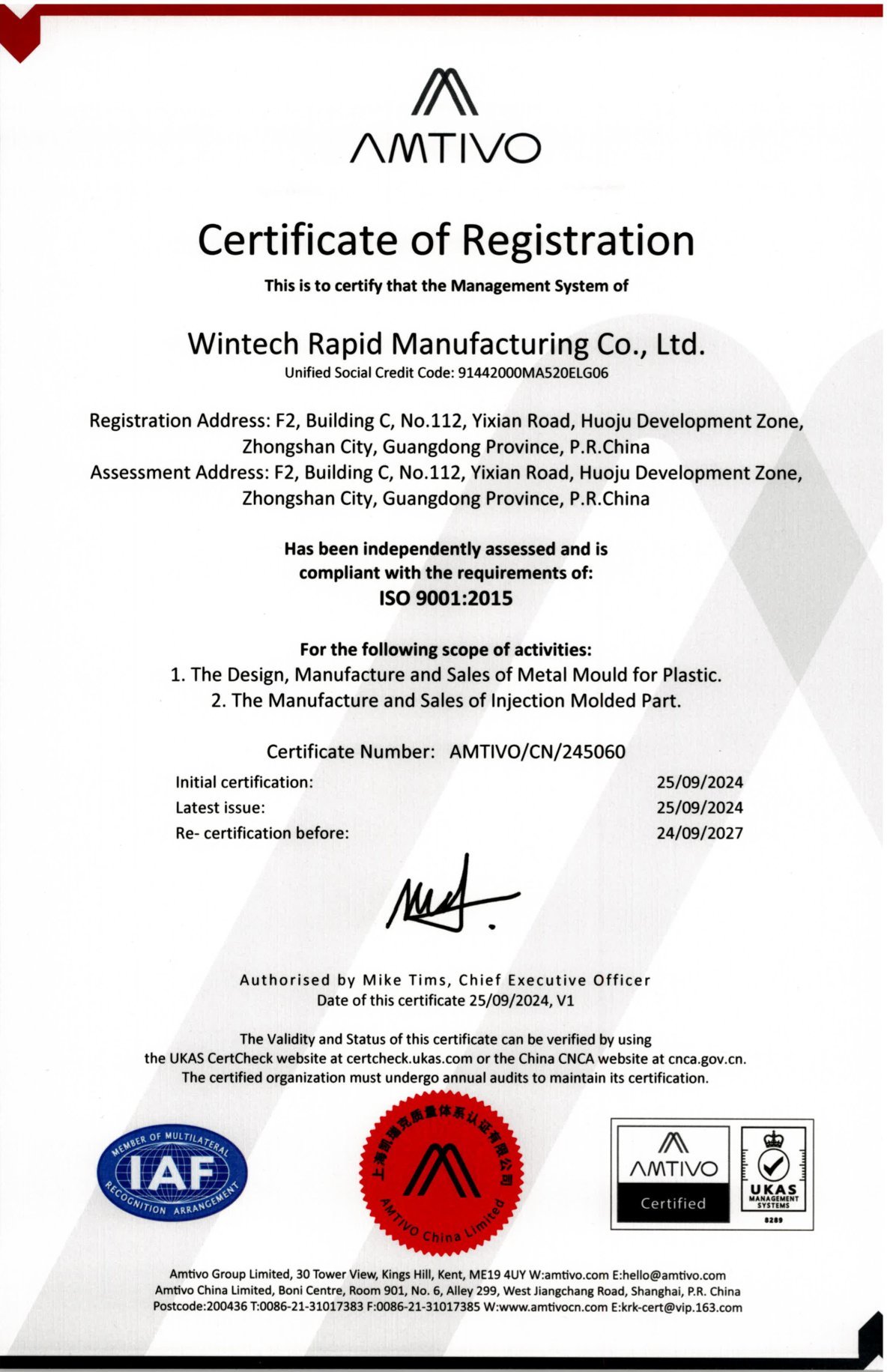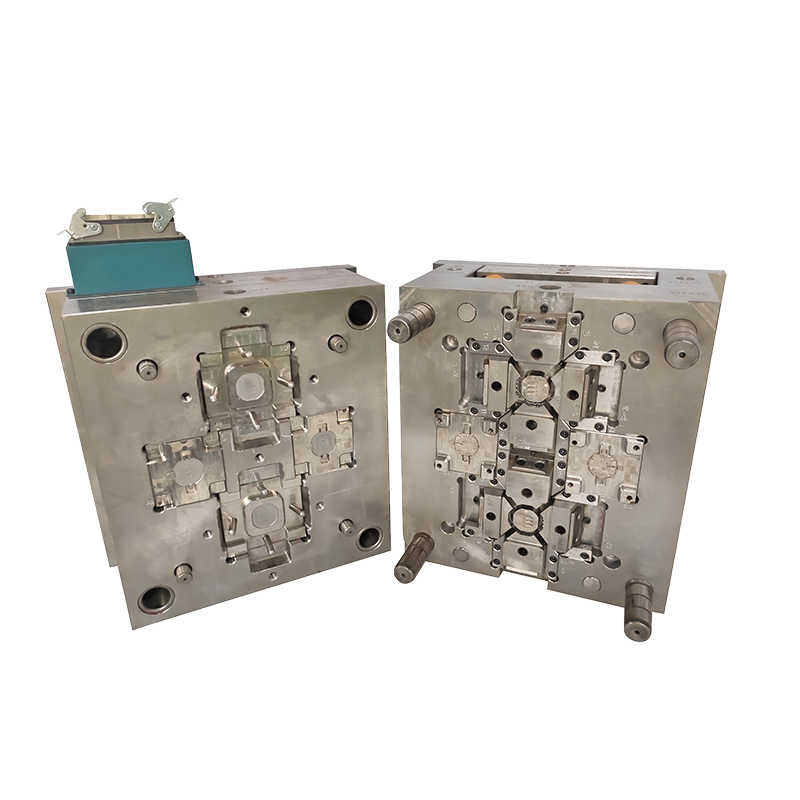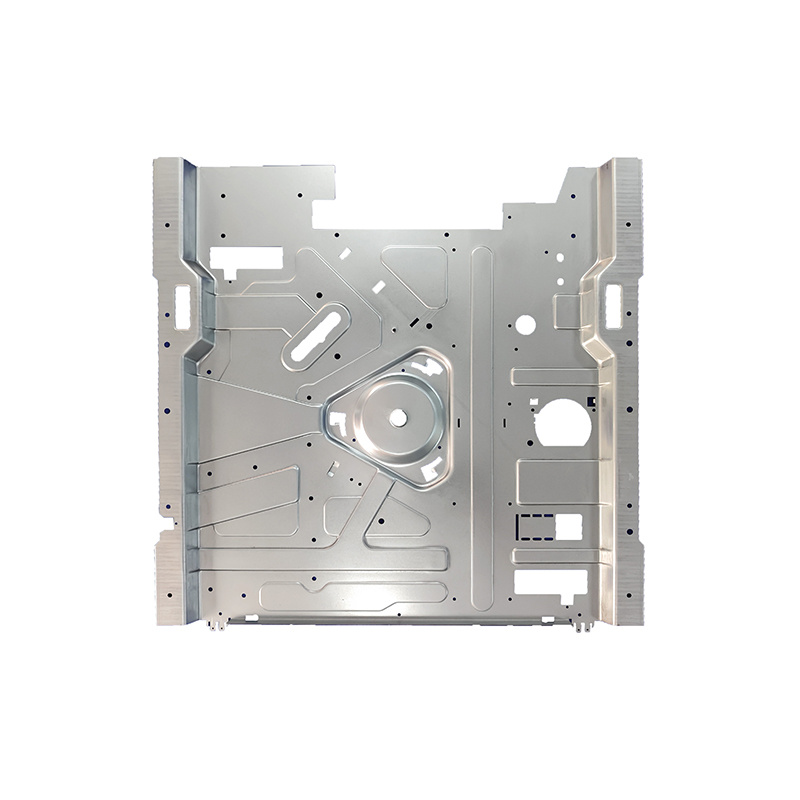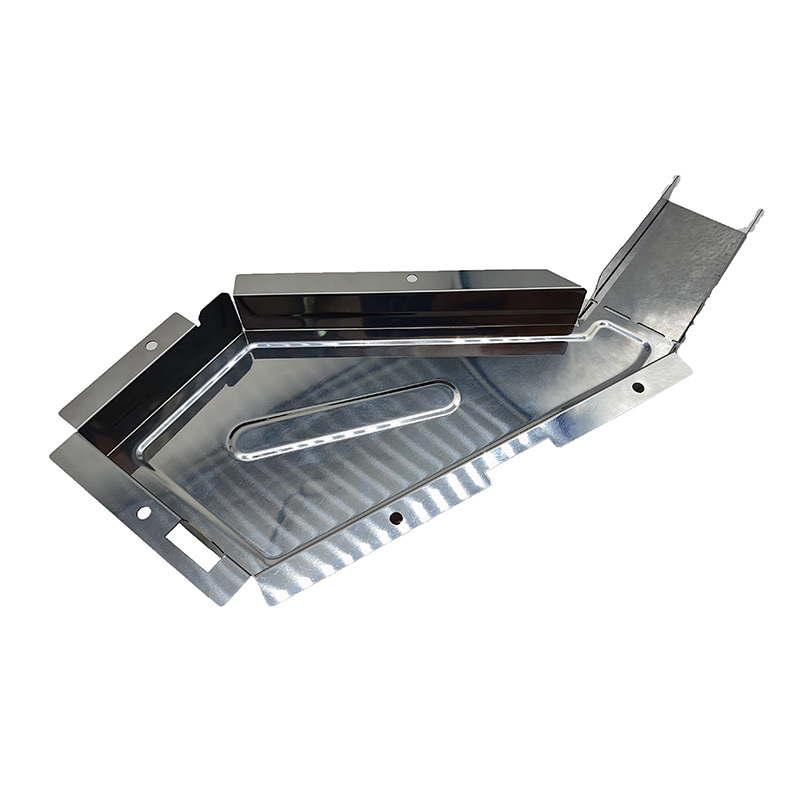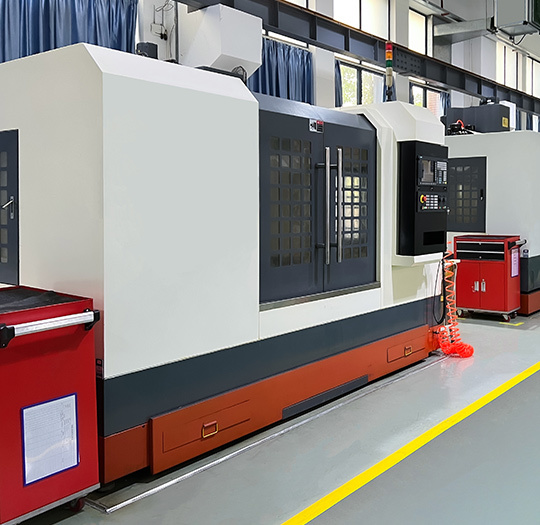The Future of Manufacturing: Low Quantity Injection Molding Explained
Time:
2025-04-26 09:20
Source:
The Future of Manufacturing: Low Quantity Injection Molding Explained
Manufacturing is undergoing a significant transformation. As industries evolve, the demand for flexible, efficient production methods has grown. One such method that stands out is low quantity injection molding—a solution tailored for businesses that require precision without the need for mass production. This article delves deep into low quantity injection molding, exploring its benefits, processes, applications, and future outlook.
Table of Contents
1. Introduction to Low Quantity Injection Molding
2. What is Injection Molding?
3. Advantages of Low Quantity Injection Molding
- 3.1 Cost-Effectiveness
- 3.2 Flexibility and Customization
- 3.3 Shorter Lead Times
4. Applications in Various Industries
- 4.1 Automotive Industry
- 4.2 Medical Devices
- 4.3 Consumer Products
5. Technology and Innovation in Low Quantity Injection Molding
6. Sustainability in Manufacturing
7. Future Trends in Low Quantity Injection Molding
8. Conclusion
9. Frequently Asked Questions
Introduction to Low Quantity Injection Molding
Low quantity injection molding is a manufacturing process designed to produce smaller batches of plastic parts efficiently. Unlike traditional injection molding, which often requires large volumes to justify the costs associated with creating molds, low quantity injection molding allows companies to produce parts in runs as low as a few dozen units. This approach not only saves costs but also provides the flexibility needed in today’s fast-paced market.
What is Injection Molding?
Injection molding is a manufacturing technique that involves injecting molten material into a mold to create a specific shape. This process is widely used for producing plastic parts and components due to its ability to replicate intricate designs with high precision. The fundamental steps involved in injection molding include:
1. **Material Selection**: Choosing the suitable plastic material based on the application requirements.
2. **Melting**: Heating the plastic until it reaches a molten state.
3. **Injection**: Injecting the molten plastic into a mold under high pressure.
4. **Cooling and Solidification**: Allowing the plastic to cool and solidify in the mold.
5. **Ejection**: Removing the finished part from the mold.
Low quantity injection molding leverages this standard process but streamlines it for smaller runs, making it ideal for prototyping and niche markets.
Advantages of Low Quantity Injection Molding
Low quantity injection molding presents numerous advantages for manufacturers and businesses alike. Understanding these benefits is crucial for making informed production decisions.
Cost-Effectiveness
One of the most compelling reasons to adopt low quantity injection molding is its cost-effectiveness. Traditional injection molding requires significant investment in molds and machinery, which can be prohibitive for smaller businesses or those needing limited production runs. By contrast, low quantity injection molding minimizes these initial costs, allowing companies to produce high-quality parts without the financial burden of mass production.
Flexibility and Customization
Low quantity injection molding offers unparalleled flexibility. Businesses can quickly adapt their production runs based on market demand, customer feedback, or design changes. This adaptability is particularly beneficial in industries like consumer electronics, where rapid innovation is key to staying competitive. Moreover, low quantity runs make it easier to customize products, allowing businesses to cater to specific customer requirements without overcommitting to large batches.
Shorter Lead Times
In today’s fast-paced market, time is of the essence. Low quantity injection molding significantly reduces lead times compared to traditional methods. With the ability to prototype and produce smaller batches quickly, manufacturers can respond to market changes and customer demands more efficiently. This agility can be a game-changer for businesses looking to maintain a competitive edge.
Applications in Various Industries
Low quantity injection molding is finding applications across diverse industries, each benefiting from the unique advantages this method offers.
Automotive Industry
In the automotive sector, low quantity injection molding is utilized for producing specialized components and prototypes. As vehicles become more complex, manufacturers often require parts in limited quantities for testing and refinement. This method allows for rapid prototyping and adjustments, ensuring that final products meet stringent safety and quality standards.
Medical Devices
The medical industry is another sector reaping the benefits of low quantity injection molding. With stringent regulatory requirements and the need for customizable solutions, manufacturers can produce specialized medical devices and components tailored to specific needs. This flexibility not only enhances patient care but also supports innovation in medical technologies.
Consumer Products
Consumer product manufacturers increasingly turn to low quantity injection molding to create unique, limited-edition items. Whether it’s specialized kitchen tools, toys, or electronic accessories, this method enables companies to experiment with design and features without the financial risks associated with mass production.
Technology and Innovation in Low Quantity Injection Molding
The landscape of low quantity injection molding is rapidly evolving, driven by technological advancements. Innovations such as 3D printing are playing a significant role in enhancing the process. By enabling rapid prototyping and mold creation, 3D printing allows manufacturers to produce molds for low quantity runs more efficiently.
Additionally, the integration of automation and smart manufacturing technologies is improving precision and reducing production times. These advancements ensure that low quantity injection molding remains at the forefront of manufacturing solutions.
Sustainability in Manufacturing
Sustainability has become a critical consideration in manufacturing processes. Low quantity injection molding aligns well with sustainable practices, as it minimizes waste and energy consumption. By producing only the necessary quantities, manufacturers can reduce excess inventory and the environmental impact of overproduction.
Furthermore, advancements in materials science have led to the development of biodegradable and recyclable plastics, making low quantity injection molding a more eco-friendly option for producing plastic parts.
Future Trends in Low Quantity Injection Molding
As we look ahead, several trends are likely to shape the future of low quantity injection molding:
- **Increased Demand for Customization**: As consumers seek personalized products, the demand for customizable manufacturing processes will rise, making low quantity injection molding an essential solution.
- **Adoption of Industry 4.0 Technologies**: The integration of IoT, AI, and machine learning will enhance efficiency, precision, and predictive maintenance in injection molding processes.
- **Focus on Sustainability**: With growing environmental concerns, manufacturers will increasingly prioritize sustainable practices, including the use of eco-friendly materials and energy-efficient technologies.
Conclusion
Low quantity injection molding represents a significant advancement in the manufacturing sector, providing businesses with the flexibility, efficiency, and cost-effectiveness needed to succeed in today’s competitive landscape. By understanding its applications, benefits, and future trends, manufacturers can better position themselves to leverage this innovative solution for their production needs.
As industries continue to evolve, embracing low quantity injection molding will be essential for fostering innovation, meeting consumer demands, and contributing to a sustainable future in manufacturing.
Frequently Asked Questions
**1. What is low quantity injection molding?**
Low quantity injection molding is a manufacturing process that allows for the efficient production of small batches of plastic parts, making it ideal for prototyping and niche markets.
**2. How does low quantity injection molding differ from traditional injection molding?**
Traditional injection molding typically requires larger production runs to justify the costs associated with mold creation, while low quantity injection molding focuses on smaller, more flexible production volumes.
**3. What industries benefit from low quantity injection molding?**
Industries such as automotive, medical devices, and consumer products benefit from low quantity injection molding due to its flexibility, cost-effectiveness, and ability to customize products easily.
**4. What are the advantages of low quantity injection molding?**
Advantages include cost-effectiveness, flexibility for customization, and shorter lead times, allowing companies to respond quickly to market demands.
**5. How is sustainability integrated into low quantity injection molding?**
Low quantity injection molding minimizes waste and energy consumption by producing only the necessary quantities, and it can utilize biodegradable and recyclable materials, contributing to more sustainable manufacturing practices.
low quantity injection molding
Related news
2024-11-15



